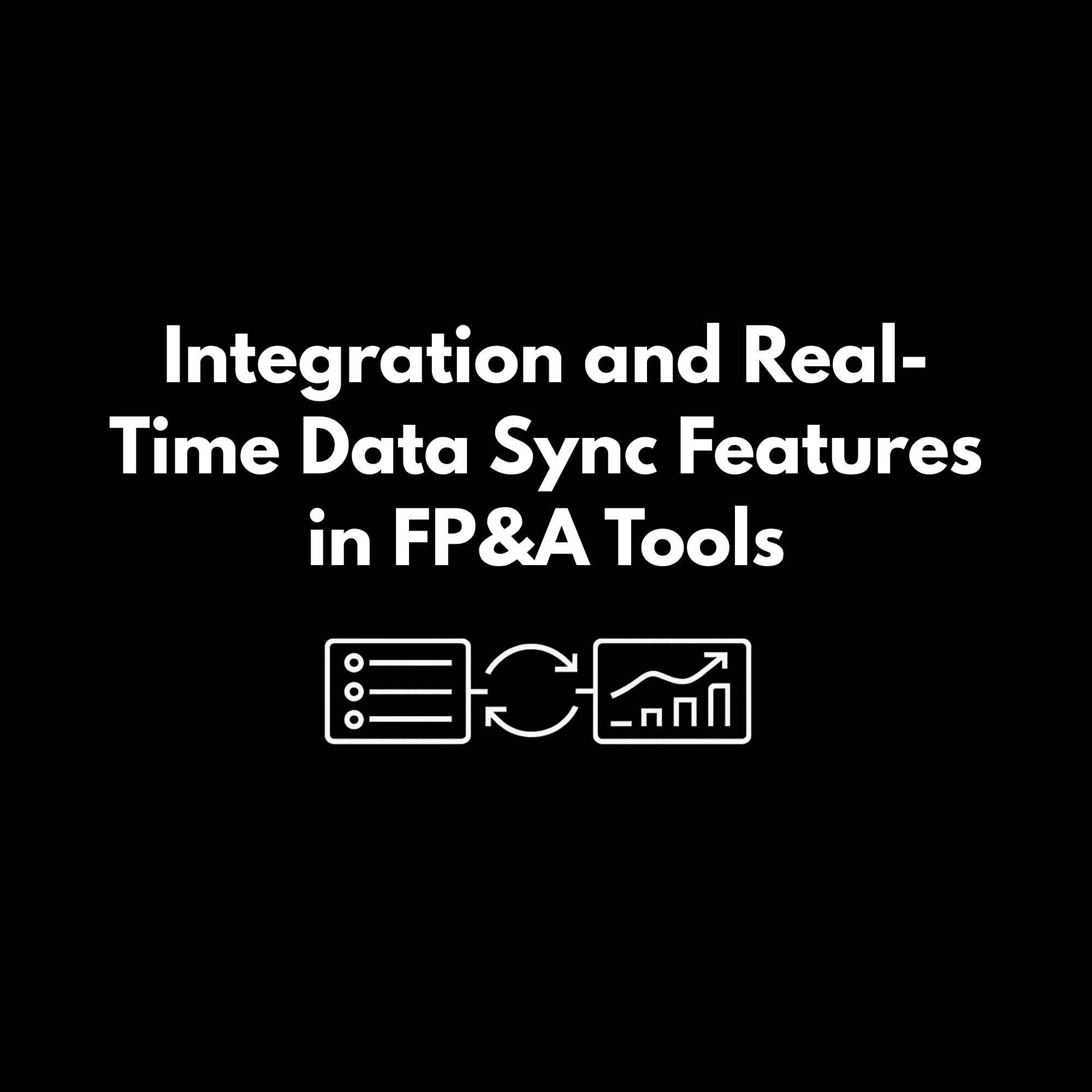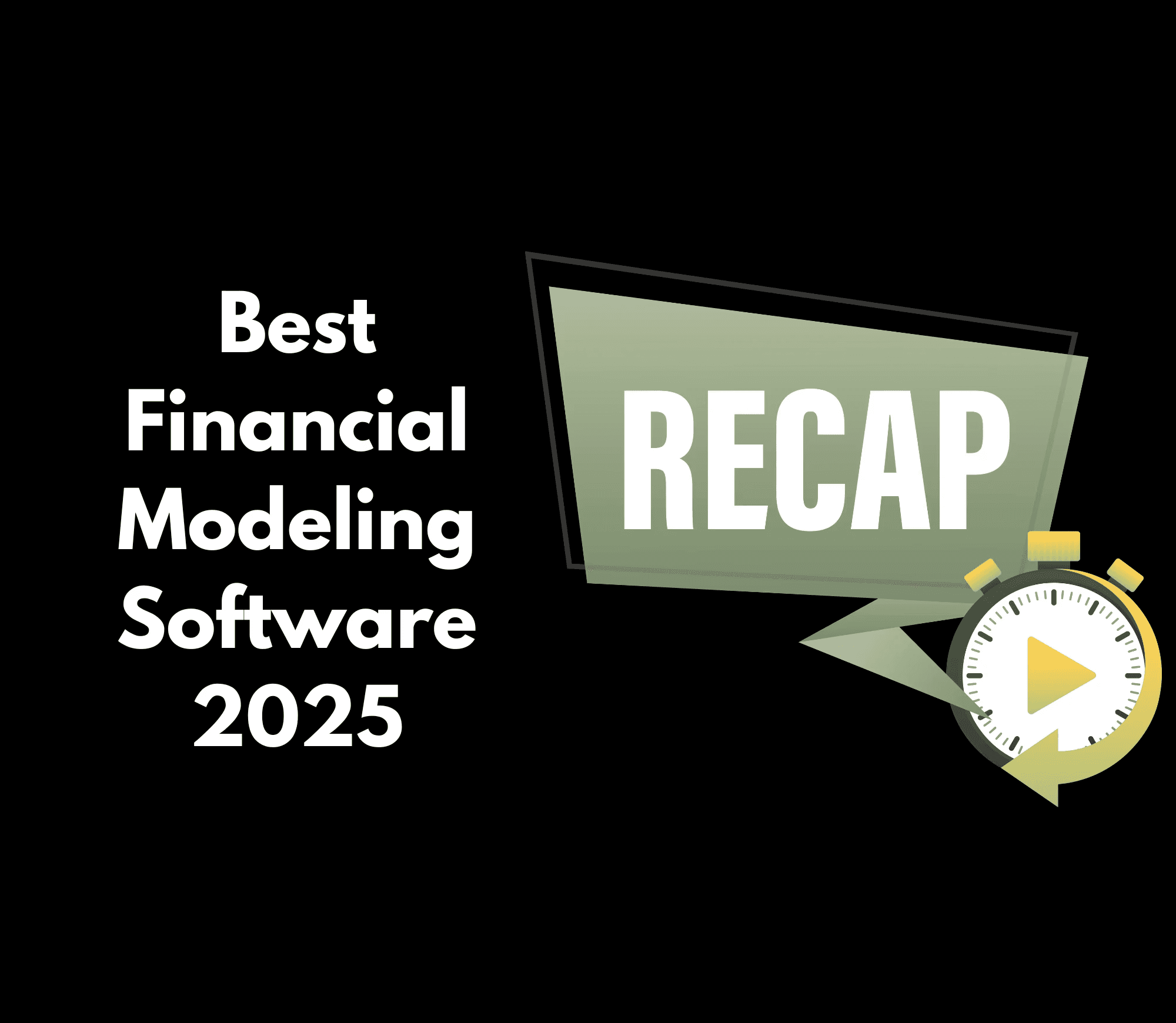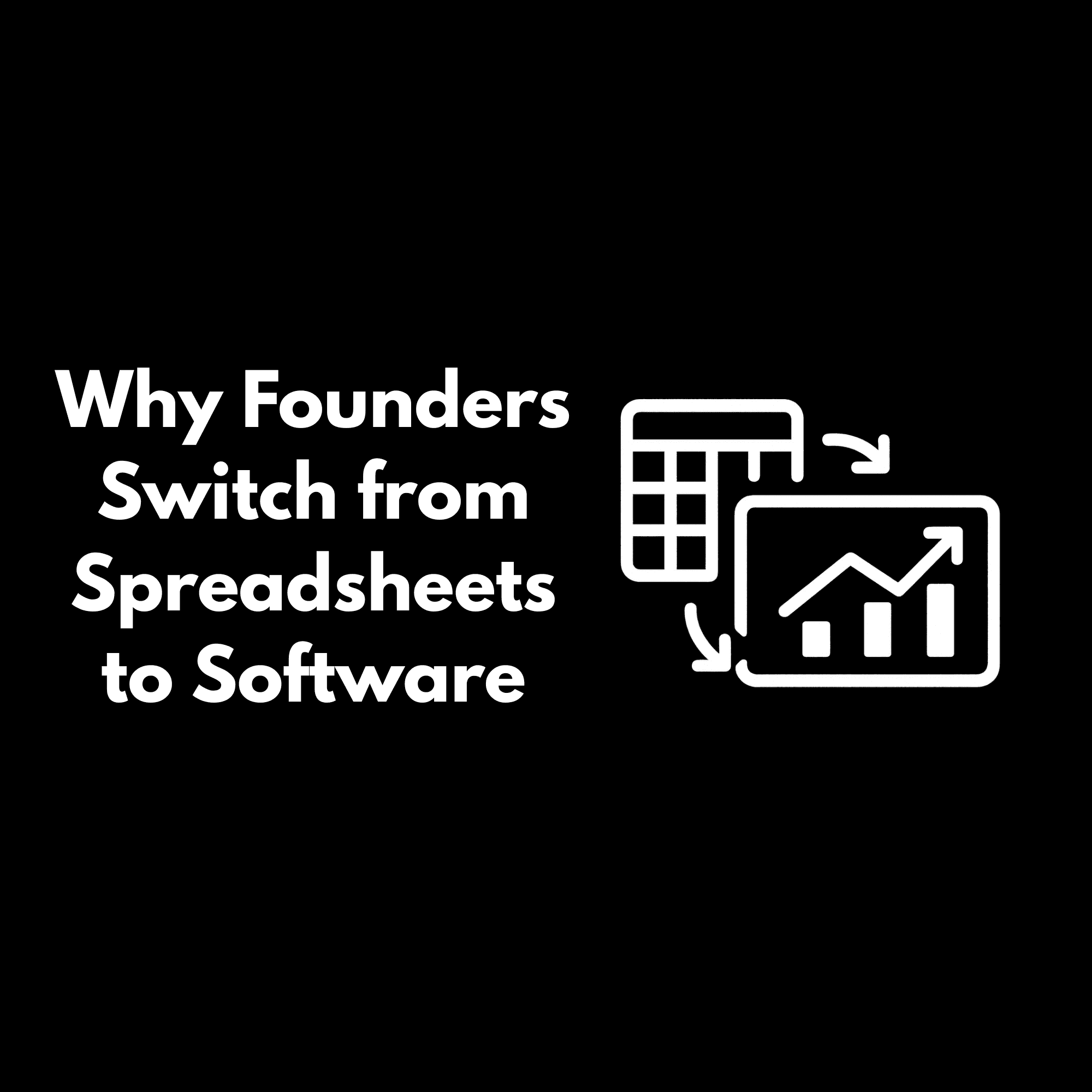Blog
Finance Advice
Creating Cash Runway for Your Startup
Learn how to calculate your startup’s cash runway and understand why it matters for growth and fundraising. See how Parallel helps founders track burn and runway with real-time insights for smarter financial decisions.

Renato Villanueva
CEO & Cofounder
Sep 10, 2025
Every founder has heard the question at some point: “What’s your runway?” It’s one of the simplest yet most important indicators of startup health. Runway is about more than just knowing how much cash you have left, it’s about understanding how long you can operate, make decisions, and grow before you need to raise more capital.
In this post, we’ll break down what cash runway means, how to calculate it, how to extend it, and why using a tool like Parallel makes the process easier and feel like magic. Want to calculate your runway? Reach out to Parallel today!
Table of contents
What is runway?
How to calculate runway?
Why does Runway matter?
How can you extend your runway?
How can Parallel help?
What Is a Cash Runway?
Cash runway is the number of months your startup can continue operating at its current spending rate before running out of money. It’s essentially your financial “time horizon.”
If you have $600K in the bank and spend $100K each month, your runway is 6 months.
If you cut spending to $75K each month, that same $600K stretches to 8 months.
It’s simple math, but the implications are powerful. Runway tells you how urgent fundraising is, how much room you have to hire, and whether you should double down on growth or tighten the belt.
How to Calculate Cash Runway
Runway is usually measured in months. Here’s the formula:

Step 1: Determine Monthly Burn
Your burn rate is the net cash you spend each month:
Gross burn = total expenses.
Net burn = expenses minus cash inflows (like revenue).
In our previous blog post, Understanding Burn Metrics and CPM in Startup Financial Planning, we go more into depth about calculating burn rate and runway, explaining what it means for your business.
Step 2: Divide Cash by Burn
Take your current cash balance and divide by your net burn.
Example: $900K cash ÷ $90K net burn = 10 months of runway.
Step 3: Use Averages for More Accuracy
For early-stage startups, one big spend (a marketing campaign or new hire) can make last month’s burn misleading. A 3-month average smooths this out and gives you a more realistic picture.
Why Cash Runway Matters
1. Fundraising Timing
Runway tells you how far in advance you need to start raising capital. Most rounds take 4–6 months to close, so waiting until you have 2 months left is a recipe for stress.
2. Growth Decisions
Runway helps you model tradeoffs. Can you afford to hire that engineer now, or does it cut your fundraising window too close?
3. Investor Confidence
Being able to articulate your burn and runway clearly shows investors you’re in control of your finances, even if you don’t have a CFO yet.
How Founders Can Extend Their Runway
If your runway feels too short, you have three main levers:
Reduce Costs
Cut non-essential spending, delay hires, or renegotiate contracts.
Increase Revenue
Close deals faster, shorten payment cycles, or experiment with pricing.
Raise More Capital
Plan your fundraising timeline early, while you still have options.
Often, a combination of all three is the most effective path.
How Parallel Helps Manage Runway
Most founders start with spreadsheets to track cash and burn. But spreadsheets are static, error-prone, and hard to update as your business changes. That’s where Parallel comes in.
Real-time updates: Your runway adjusts automatically as new revenue or expenses hit.
Scenario planning: Test what happens if you hire now, cut marketing spend, or delay fundraising.
AI-powered insights: Parallel surfaces risks and opportunities, so you see not just the numbers but the story behind them.
Fractional CFO from day one: Get CFO-level guidance without building a finance team.
With Parallel, your cash runway isn’t just a back-of-the-envelope number, it’s a live, intelligent system that helps you make confident decisions about growth and fundraising.
Bottom Line
Creating a cash runway isn’t just about calculating how many months you have left, it’s about using that information to make smart, timely decisions. Founders who understand their burn and runway can plan ahead, inspire investor confidence, and steer their company with clarity.
With Parallel, you don’t just calculate your runway, you take control of it. Book a Demo today.
FAQ
What makes Parallel easy for founders to forecast burn?
We remove the need for deep financial expertise by having AI do the bulk of the financial modeling so you just connect systems and get answers right away!
How accurate are AI-driven forecasts?
There is too much hallucination to trust AI to do all the math, so we focus on leveraging AI to get the inputs and then we have built forecasting formulas separately?
What if I need help during set up?
Parallel makes it easy to schedule calls with someone in onboarding to help!

Renato Villanueva
CEO & Cofounder
From hiring to fundraising, Parallel helps startups make faster, more confident decisions with a financial forecast they trust.



